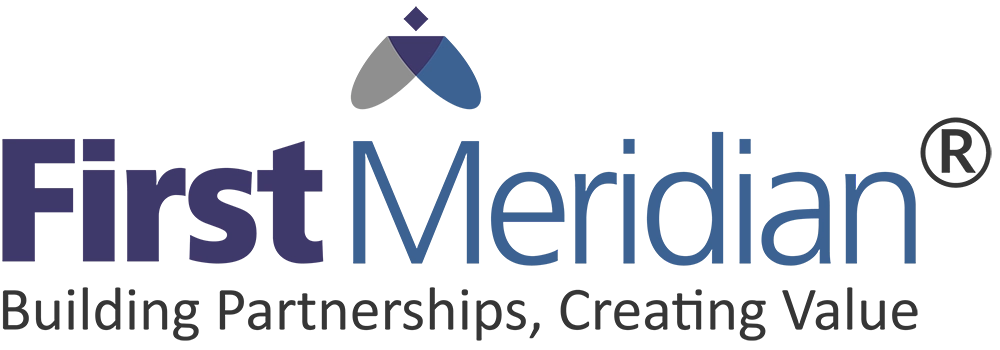Technological advances & socio-economic factors are disrupting work environments everywhere. Employees across industries and levels are struggling to learn to work with machines that are fast becoming ubiquitous across all workplaces. To quote Sandeep Bhambure Managing Director – Veeam Software, India & Saarc: “One of the biggest challenges for me is to develop and implement a reskilling strategy not just for my team; but for me too. It is no longer an option. We must join the revolution to stay competitive.”
The Reskilling Revolution:
The Fourth Industrial Revolution is rapidly changing the world of the workplace. According to The Future of Jobs Report: in the 2018-2022 period; four specific technological advances driving business growth would be: high-speed mobile internet; artificial intelligence; widespread adoption of big data analytics; and cloud technology. These advances will result in the creation of new jobs and would redefine many existing jobs; several of the existing job roles will decline drastically, a few may even disappear completely.
Upskilling: learning new competencies to stay in current role, due to the change in skills required, or adding certain competencies for job progression.
Reskilling: learning new sets of competencies to transition to a completely new role.
Table 1. Examples of stable, new and redundant roles, all industries | ||
Stable Roles | New Roles | Redundant Roles |
Managing Director & Chief Executive General & Operation Managers* Software & Application Developers & Analysts* Data Analysts & Scientists* Sales & Marketing Professionals* Sales Representatives, Wholesale & Manufacturing, Technical & Scientific products Human Resources Specialists Financial & Investment Advisors Database & Network Professionals Supply Chain & Logistic Specialists Risk Management Specialists Information Security Analysts* Management & Organization Analysts Electrotechnology Engineers Organization Development Specialists* Chemical Processing Plant Operators University & Higher Education Teachers Compliance Officers Energy & Petroleum Engineers Robotic Specialists & Engineers. Petroleum & Natural Gas Refining Plant Operators. | Data Analysts & Scientists* AI & Machine Learning Specialists General & Operation Managers* Big Data Specialists Digital Transformation Specialists Sales & Marketing Professionals* New Technology Specialists Organization Development Specialists* Software & Application Developers & Analysts* Information Technology Services Process Automation Specialists Innovation Professionals Information Security Analysts* Ecommerce & Social Media Specialists. User Experience & Human – Machine Interaction Designers. Training & Development Specialists. Robotic Specialists & Engineers. People & Culture Specialists Client Information & Customer Service Workers* Service & Solution Designers. Digital Marketing & Strategy Specialists. | Data Entry Clerks Accounting, Bookkeeping & Payroll Clerks Administrative & Executive Secretaries. Assembly & Factory Workers Client Information & Customer Service Workers* Business Services & Administration Managers Accounts & Auditors Material Recording & Stock Keeping Clerks General Operations Managers. Postal Services Clerks. Financial Analysts Cashiers & Ticket Clerks Mechanics & Machinery Repairers Tele Marketeers Electronics & Telecommunications Installers & Repairers Bank Tellers & Related Clerks Car, Van & Motorcycle Drivers Sales & Purchasing Agents & Brokers Door to Door Sales Workers, News & Street Vendors & Related Workers. Statistical, Finance & Insurance Clerks Lawyers |
Source: Future of Jobs Survey 2018, World Economic Forum.
Note: Roles marked with * appear across multiple columns. This reflects the fact that they might be seeing stable or declining demand across one industry but be in demand in another.
There is a definite gap in the existing skills vis-à-vis the skills required for the new and redefined jobs. Skills that are expected to be in demand are technology design and programming; systems analysis and evaluation; human skills like creativity, originality and initiative, critical thinking and analysis, leadership and emotional intelligence. At the same time, the demand for physical and mental skills like manual endurance, dexterity and precision; memory, visual, auditory and speech abilities, quality control and safety awareness are expected to decline.
Table 2. Comparing skill demand, 2018 vs 2022, top 10 | ||
2018 | Increasing, 2022 | Declining, 2022 |
Analytical thinking and innovation Complex problem solving Critical thinking and analysis Active learning & learning strategies Creativity, originality and initiative. Attention to detail, trust worthiness Emotional Intelligence Reasoning, Problem solving & Ideation Leadership & Social Influence Coordination & Time Management | Analytical thinking and innovation Active learning & learning strategies Creativity, originality and initiative. Technology Design & Programming Critical thinking and analysis Complex problem solving Leadership & Social Influence Emotional Intelligence Reasoning, Problem solving & Ideation Systems Analysis & Evaluation. | Manual dexterity, Endurance & precision. Memory, verbal, auditory & spatial abilities. Management of financial and material resources. Technology installation & maintenance. Reading, writing, math & active listening. Management of personnel. Quality control & Safety awareness. Coordination & Time Management Visual, auditory & speech abilities. Technology use, monitoring & control. |
Source: World Economic Forum, Future of Jobs Report 2018
Strategies to Meet the Changing Requirements:
Companies across the globe are working frantically to develop a strategy to stay competitive and relevant in the new scenario. Some of the strategies that are commonly adopted are:
Hiring new permanent staff with relevant skills for the new work environment.
Develop and implement a robust strategy for retraining existing employees.
Outsource some of the business functions to external contractors
Hire temporary staff with relevant skills to bridge the gap.
Hire freelancers with skills relevant to new technologies
Strategic reduction of workforce that lack relevant skills.
Pros & Cons of reskilling:
While hiring a new set of employees rather than reskilling may sound cost effective, it is a proven fact that the cost of hiring and firing is extremely high. Newer employees take a while to adjust to the company’s ecosystem and would result in decreased productivity. Reskilled employees are already a part of the ecosystem; they are back in the system with increased motivation and a desire to excel.
Shaping the Future Talent Pipeline
Whatever may be the strategy/ies that companies adopt, the need of the hour is to ensure that relevant skills are available and that too at a not too distant future. Companies must work together to bring about the reskilling revolution.
Develop targeted reskilling programs: Even if companies decide to hire for new skills, it stands to reason that the talent pipeline will soon dry up; and the increased demand would lead to a sharp increase in wage and hiring bills. Companies need to kickstart an internal reskilling program: identifying high potential employees and developing talent through targeted reskilling, job rotations and mentoring. There is a need to build an industry consortium to provide shared reskilling programs.
Upskill on a large scale: Technological disruptions would affect all jobs; to maintain relevance, companies must change their fundamental outlook to training. Continuous learning must become part of the culture. A combination of online and classroom training is known to offer the optimal impact.
Develop academic curriculum: Creating a ready-to-hire talent pool by creating curricula that are aligned with the needs of the industry ; developing an industry-wide academy focused on the new skills and capabilities; building long-term partnerships with universities to create courses that meet the requirements of the industry; these are just a few strategies that companies are adopting to meet the challenges of the future.
End Note:
Individuals who have invested in reskilling and have future proofed their skills will be in demand. They can expect increased quality of work, higher wages and definite career prospects. On the other hand, individuals who do not jump on to the reskilling bandwagon may find that their jobs have eroded or taken over by technology. Which group do you belong to?






